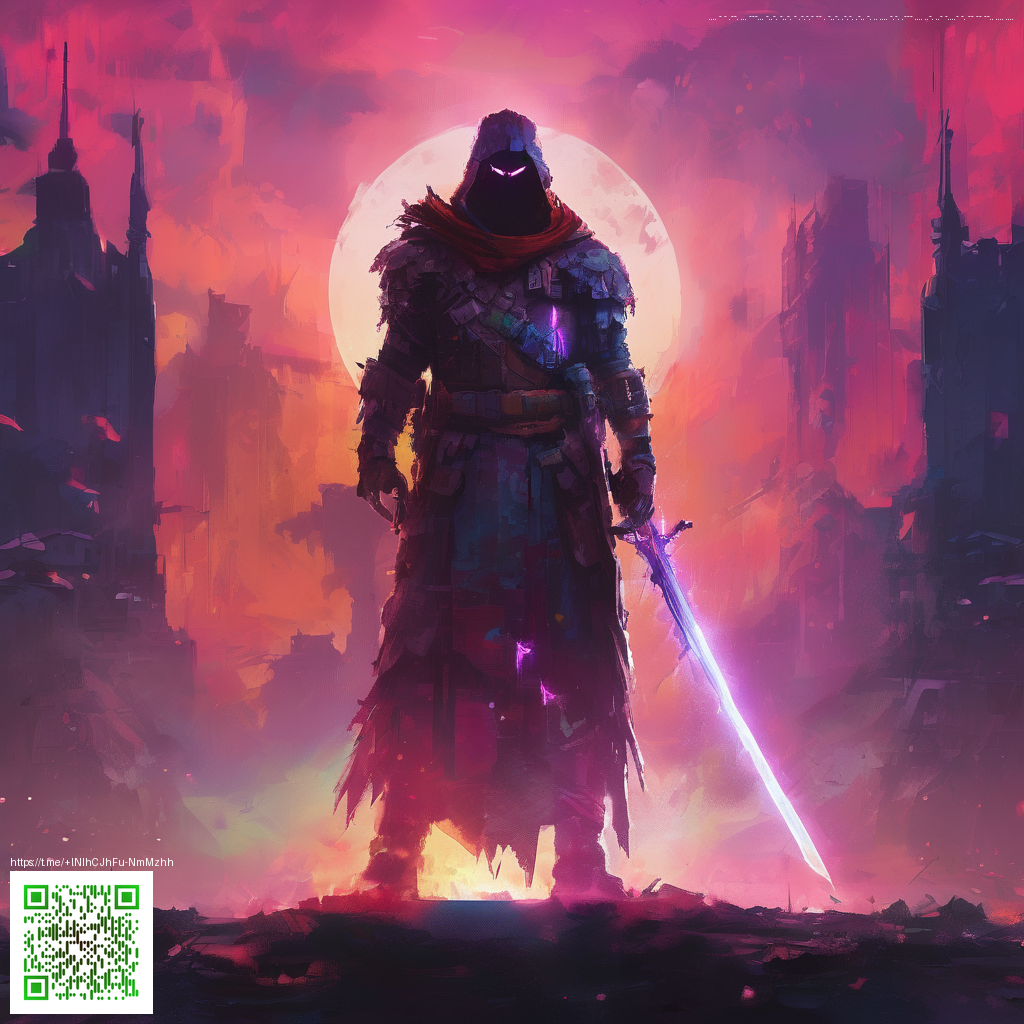
Open World Redefined by a Bold Step into Greek Myth and Player Choice
When a long standing formula receives a bold makeover it often splits the crowd before the dust settles. Assassin s Creed Odyssey arrived with the weight of a franchise and a map that felt almost mythical in scale. What stood out was not just the size of the world but the way exploration, combat and storytelling braided together to create a more fluid, player driven experience.
The game moved beyond a strict mission ladder by leaning into RPG elements that let players tailor their path through ancient Greece. You were no longer simply following a track of checkpoints. You equipped a robust skill tree, unlocked combat styles, and made dialogue choices that nudged outcomes in ways that echoed popular open world role playing games. This shift helped redefine the feel of exploration as something personal and strategic rather than a simple journey from waypoint to waypoint.
Gameplay pivots that shifted the paradigm
The combat system embraced a hybrid rhythm that blended stealth, heavy striking and timing based counters. It rewarded players for learning enemy tells and weaving combos rather than blindly mashing buttons. The inclusion of a naval layer added a second arena for decision making where crew management, ship upgrades and tactical positioning could swing a skirmish as easily as a sword clash on land.
Quest design leaned into experiential storytelling. Dialogue options and quest branching offered meaningful shades of gray rather than a single moral path. The result was a more dynamic world where side quests felt like genuine detours with consequences that echoed into later moments. This approach invited a level of curiosity that kept players roaming far beyond the main story arc.
Naval freedom and map density
Maritime travel became a core rhythm rather than a decorative backdrop. Ships, sea battles and roaming fleets created a living, breathing Mediterranean theater. Exploration rewarded players with hidden coves, mythic locations and loot that fed the progression loop. The density of content meant every coastline offered possible encounters, encouraging frequent detours and discovery runs.
The map design supported player agency with scalable challenges and variable pacing. You could sprint through main chapters or linger to collect gear, uncover lore fragments, and experiment with combat builds. This flexibility was a hallmark that resonated with players who crave autonomy within a richly realized world.
Community energy and the modding currents
Long running communities thrived by dissecting the mechanics, sharing build guides and refining the open world sandbox. Players tested new strategies for dealing with stiff boss encounters, optimized ship loadouts for naval engagements, and discussed how choices in dialogue could tint every subsequent encounter. The openness of the sandbox invited experimentation and creative problem solving.
Modding culture naturally formed around PC platforms, with enthusiasts tweaking user interfaces, balance tweaks and cosmetic options to tailor the experience. The stronger the feedback loop between players and developers, the more robust this ecosystem became, turning open world play into a shared craft rather than a solitary pursuit.
Update coverage and developer reflections
Two major expansionsexpanded the horizons of the map and the lore. Legacy of the First Blade delivered a trio of episodes that deepen the origin saga of the Eagle Bearer, while The Fate of Atlantis expanded mythic content with new environments, enemies and abilities. These story driven additions kept the open world fresh long after the base adventure had been completed.
From the development side the team positioned Odyssey as a turning point where the studio experimented with role playing elements within a familiar stealth action framework. The result was a game that valued player choice, tactical nuance and a stronger sense of immersion in a world that felt genuinely alive. The patches and episodic content that followed demonstrated a commitment to sustaining a living, evolving playground for fans.
Developer voices and community takeaways
Players and designers alike praised the shift toward meaningful player agency. The open world was not merely a stage for set piece battles but a canvas for personal play styles, whether you favored stealth, full on assault or a balanced mix. Designers talked about balancing power curves so that exploration and experimentation remained rewarding across the entire journey. This conversation helped set a standard for procedural exploration and narrative integration that many subsequent titles have sought to emulate.
For the community, the most lasting impact was a renewed appetite for large scale worlds that reward curiosity. The mix of land based exploration, sea bound skirmishes and mythic quests created a cadence that kept veteran fans revisiting favorite locations while inviting newcomers to plan their own routes through the world. The sense of discovery remained the defining thread that stitched together a cohesive and memorable open world experience. 🎮
To dive deeper into the broader conversation around how open worlds evolve, consider exploring related coverage and community analysis in our network. This article connects the threads between design intent, player experimentation and ongoing updates that keep open worlds relevant long after launch.
Phone Case with Card Holder MagSafe Polycarbonate Gift Packaging